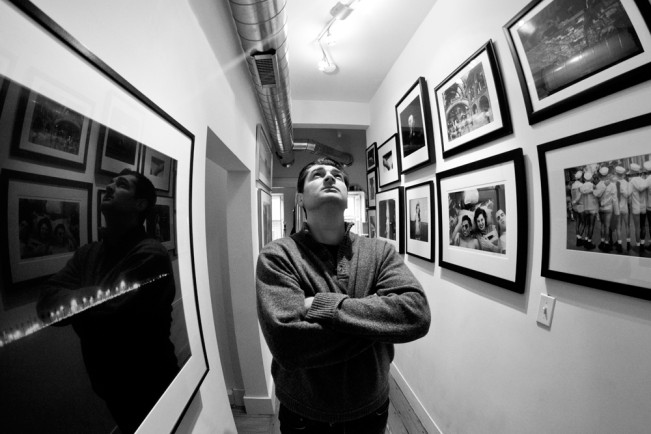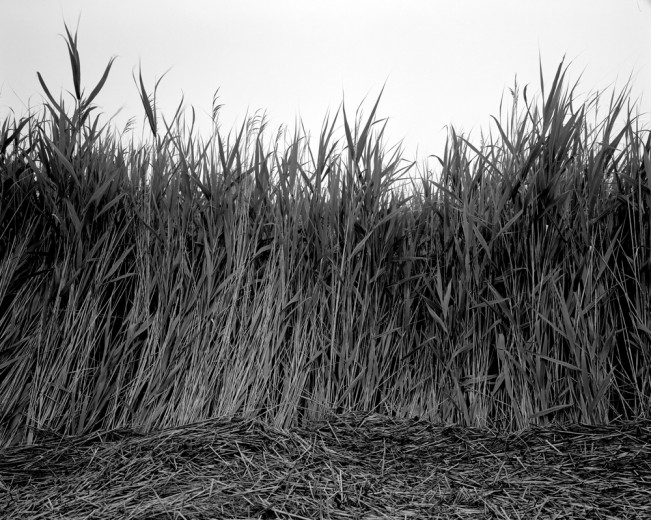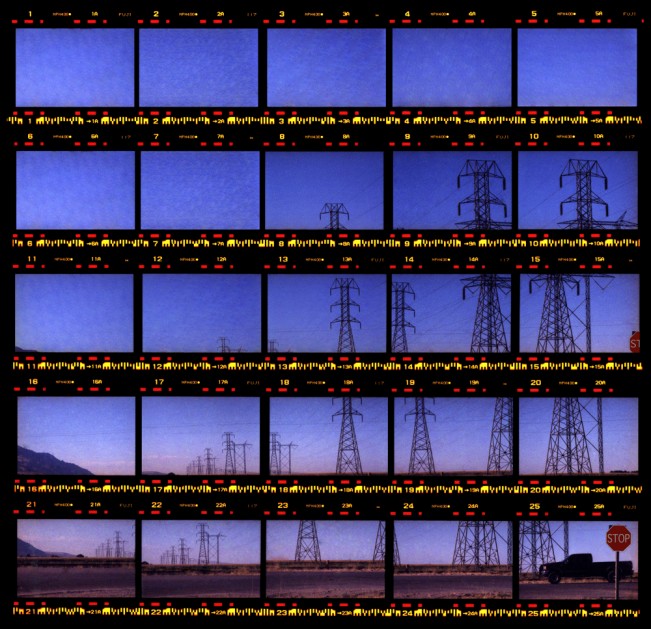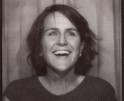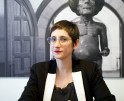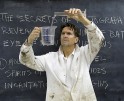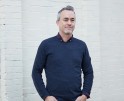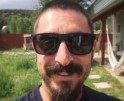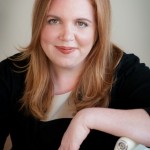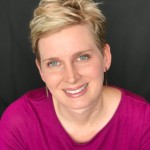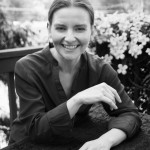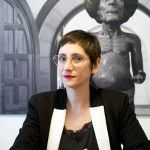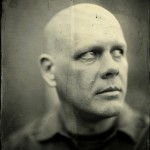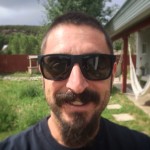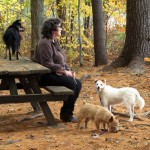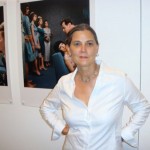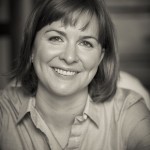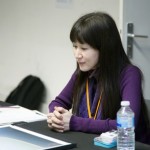The Jason Landry Mixtape
The Mixtape Series are profiles of movers and shakers in the fine art photography world, often reviewers at portfolio events and taste makers in their own right.
I plan a lot of group exhibitions. Often times I will go back to the list of artists that I have met at various portfolio review events to see if there was any work that I saw that might fit into a given theme or show idea. You never know when I may be giving you a call. If I liked your work, make sure to stay in touch.
I first met Jason Landry, owner of The Panopticon Gallery in Boston, Massachusetts, at the Photolucida Portfolio Review when I sat across the table from him, feeling nervous about our 20 minute session. He was a gracious and insightful reviewer and over the years I have had the good fortune to know his many incarnations as a gallerist, friend, fellow reviewer, handsome host of the Griffin Museum Focus Awards, and general photography enthusiast. He is a cheerleader and task master, helping photographers bring their A game to gallery walls and needless to say, Jason is deeply immersed in the photographic landscape. He received an MFA in photography (though often reluctant to share his own work), is an avid photography collector, a gallerist that champions dedicated seers (and the silver gelatin print), and has now become Director of the MFA in Photography program at the New Hampshire Institute of Art. His enthusiasm towards our community is infectious and we are lucky to have him as a tireless advocate for photography and photographers. Where he finds the time to do it all is a mystery. It is my pleasure to introduce The Jason Landry Mixtape.
Tell us about your growing up and what brought you to photography.
I grew up in Greenland, New Hampshire. When I lived there, the population was around 2,500. The town was full of farms, apple orchards and fields. When it came to photography, my parents had their trusty Kodak 110 camera and Polaroid cameras, and yes, we had stacks of photo albums full of family images. However it wasn’t until my junior year of high school when I got to experience my first photography class. That is when the photo bug bit me. I started making landscape photographs because that was what was around me. Then I picked up a book by photographer Jerry Uelsmann and was intrigued by his surrealistic imagery. That’s when I thought, I want to be a photographer, all the while asking myself, how the fuck did he do that?
What is your title and job description and tell us about a typical day?
I am the Owner of Panopticon Gallery in Boston. Established in 1971, it is the oldest fine art photography gallery in New England. My typical day starts at 5am. I wake up early not because I want to, but because my elderly dog sleeps all day and the only time she seems to be awake is early. I tend to her then check email and my schedule. I get into the gallery usually by 8:30am. Most galleries in the US open around 10 or 11am, but my gallery is located in the main corridor of a hotel. I get hundreds of guests from the hotel and the two restaurants that bookend the hotel visiting each day. I have noticed that on average, they tend to stay, meander and buy art during the hours of 9-noon. So it makes sense for me to arrive early. Besides dealing with guests and patrons, I also mentor a lot of artists and students and look at portfolios. In between that and snacking, I spend a lot of time writing––that could be in the form of blog posts or editing essays that will appear in my upcoming book Instant Connections. I also use many social media platforms to push information out about the gallery, the artists that I represent, or photography industry related news items that I feel are worth sharing. I recently added another title to my resume: Director of the MFA in Photography program at the New Hampshire Institute of Art. It’s a great school and they have a soft spot for photography and I like that! It excites me that I get to be on the ground floor while we build this low-residency MFA program. If you are a photographer looking to get an MFA, hit me up. I’ll be glad to talk to you about it. I’ve been in your shoes.
What are some of your proudest achievements?
The one that stands out the most is the Harold Feinstein book. Myself along with Jim Fitts, Phillip Prodger, Chris Pichler and Judith Thompson worked very hard at putting together Harold Feinstein: A Retrospective, published in 2012 by Nazraeli Press. When Harold looked me in the eyes and asked, “Jason, I have been dreaming of a book of my black & white photographs since I was 15 years old. Do you really think we can do it?” Although I had never been part of a book publishing project before, I was determined to do it. This was a big undertaking. I had set up a Kickstarter which raised over $40,000 to get the book done. Once published, it went on to become one of the best photobooks of 2012, acknowledged in the PDN Photo Annual. If you collect photobooks, this is a must for your shelf.
Another proud achievement was delivering the commencement address in 2012 to the graduating class of The New England School of Photography. I was honored to be speaking to students about my road through photography and offering my own words of wisdom to help them on their path. Some of these students I still see and mentor to this day.
What do you look for when attending a portfolio review?
I look for artists who are creating visually interesting and unique photographs. They can be prints, objects or maybe it’s something that I’ve never seen before. You can tell the artists who are ‘in it to win it’ because they are prepared, organized, don’t stalk you and you recognize them because you’ve seen them at multiple portfolio review events. Sometimes an artist will wow me immediately, other times I will warm up to the work after seeing it again months later. I plan a lot of group exhibitions. Often times I will go back to the list of artists that I have met at various portfolio review events to see if there was any work that I saw that might fit into a given theme or show idea. You never know when I may be giving you a call. If I liked your work, make sure to stay in touch.
Any advice for photographers coming to a portfolio review event?
Be on time.
Be organized.
Be unique. Stand out from the rest of the pack.
Listen, take a lot of notes, and digest all of the feedback you receive later when you are back at home.
Do not stalk a reviewer. If we like the work, we’ll find you. How will we do that? Don’t worry…we’re pro’s.
Create interesting marketing pieces. Think outside the CD or postcard.
What is something unexpected that we don’t know about you?
I use Pantene Pro-V conditioner to make my hair look so good.
And it wouldn’t be a MIXTAPE without knowing what is your favorite song, band, and do you dance?
Favorite Bands: Metallica, The Pixies, Coldplay
Favorite Song: There are way too many to choose just one.
Do I Dance: Only naked around the house. My wife never seems to be amused.
Thank you Mr. Landry–I will try to stop by your house often!
And now I hand over the reigns to Jason:
Tomorrow night, The Panoptican Gallery will open a new exhibition, On First Contact, that looks the unmanipulated view of how photographers working in film, used to edit.
On First Contact is not a sci-fi themed exhibition, rather an exhibition of film-based images much smaller than the contemporary norm. Photographer’s who used large format cameras created contact prints in the darkroom. These individual prints were generally 4×5 inches or 8×10 inches––a direct correlation to the film size used in the two most popular types of large format cameras. Small camera photographers, those using 35mm and medium format cameras, created contact sheets. These sheets created in the darkroom would include small renditions of each negative from their developed roll of film. This enabled the photographer to select which image that they might want to print as an enlargement. This was how photographer’s used to edit––proofing and selecting the best of their images––well before the advent of digital cameras and the instant gratification generation. Panopticon Gallery will be hosting this exhibition from September 12 through January 14, 2014 which will feature many local, national and international artists including Agnieszka Sosnowska, Keith Carter, Adam Katseff, Neal Rantoul, Stephen DiRado, Brian Kaplan, Frank White, Samuel Quinn, Cheryle St. Onge, Frank Armstrong, Erik Schubert, Stephen Sheffield, Herb Greene, Stanley Forman, Douglas Prince, Elizabeth Ellenwood, Ivana George, Amber Wachtl, Greg Norstrom and others to be announced. The exhibition will give patrons the opportunity to see the exact, uncropped and unmanipulated view that the photographer saw when creating their images.
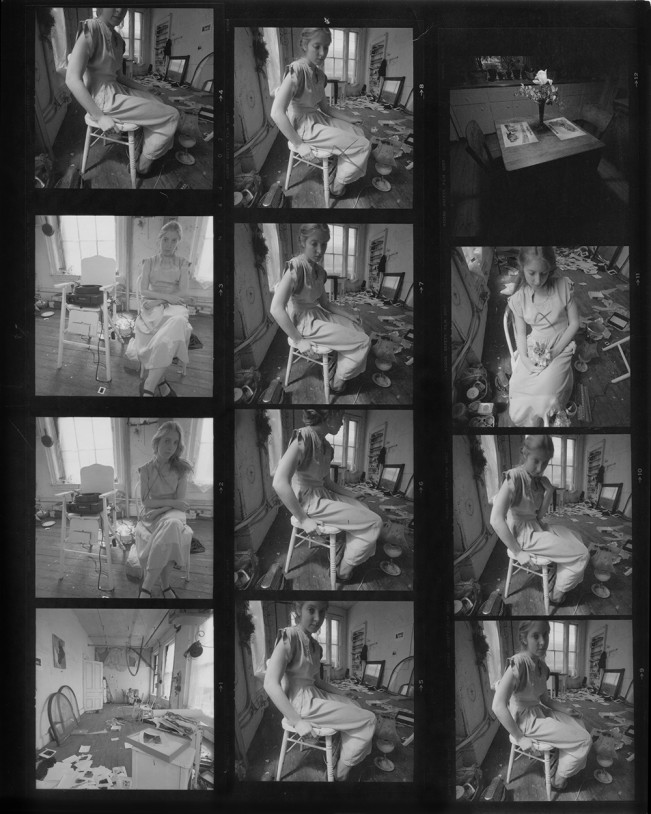
Douglas Prince, Francesca Woodman in her Studio, #1020, 1977
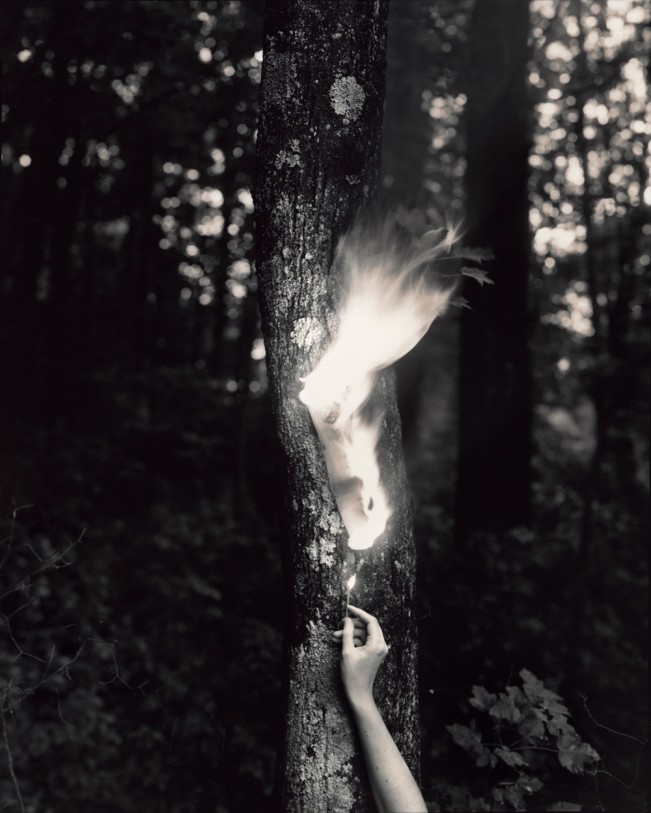
Adam Katseff, To Start A Fire, 2009

Agnieszka Sosnowska, Norwell, Massachusetts, 1993
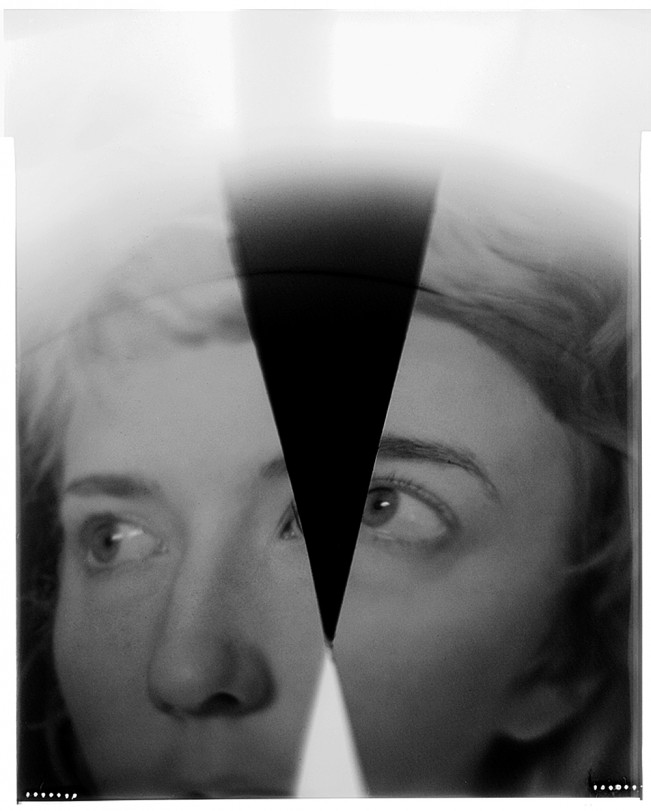
Allison Smith, Self-Portrait, 2013

Cheryle St. Onge, Untitled (book), 2011
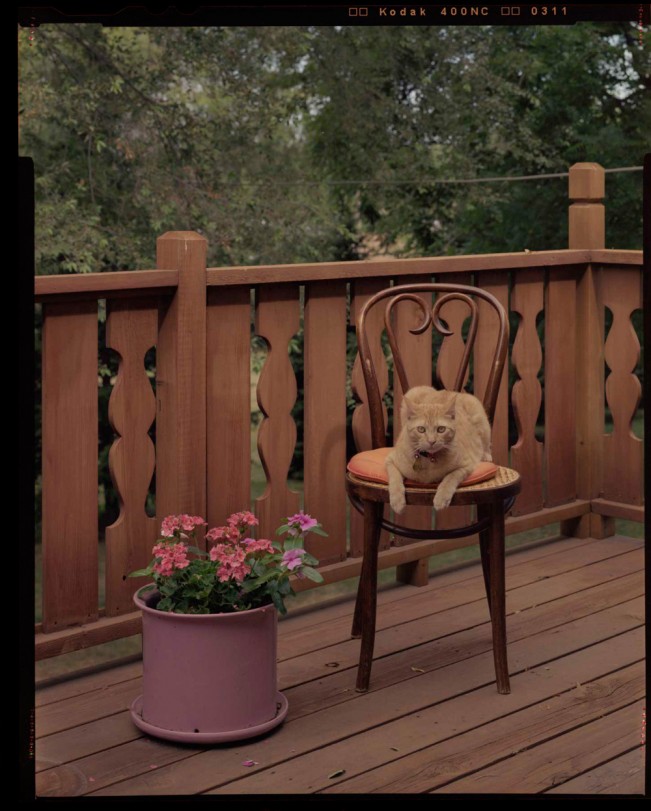
Erik Schubert, Garfield, Omaha, Ne, 2007
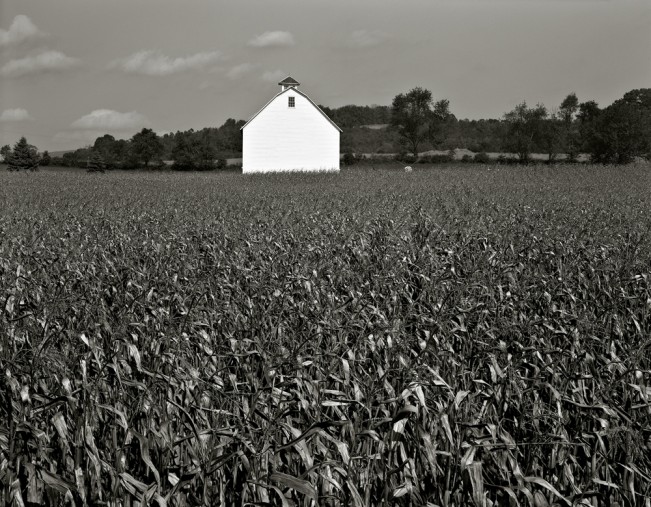
Frank Armstrong, Clinton, New Jersey 1986
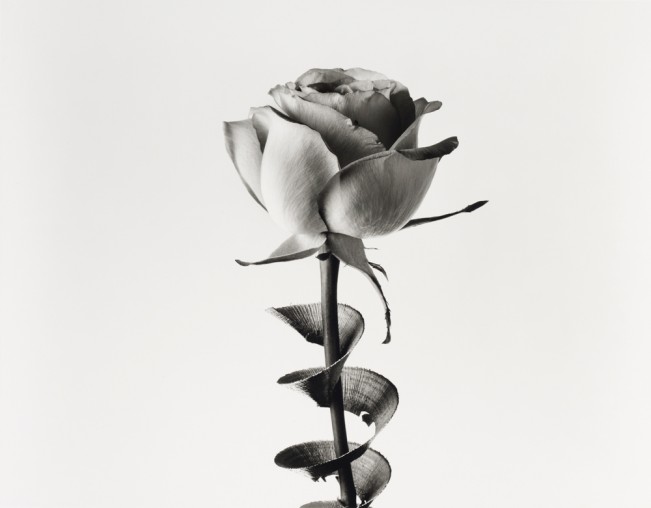
Frank White, Rose from the series Cuttings

Jason Landry, Interview with Vik Muniz, Lenox Hotel, Boston, MA , 2009
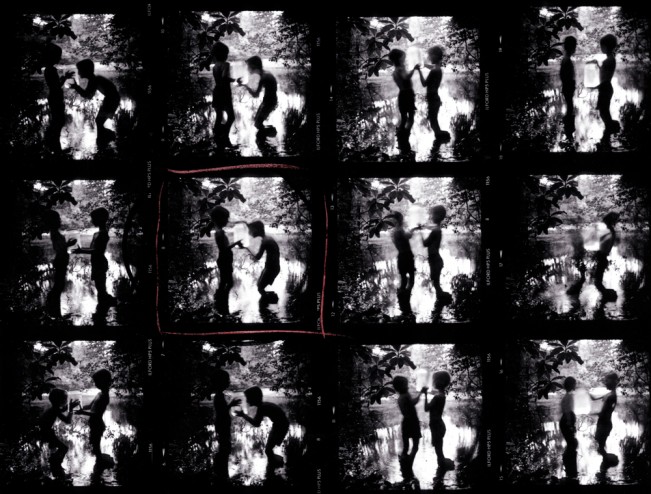
Keith Carter, Fireflies Contact Sheet, 1992
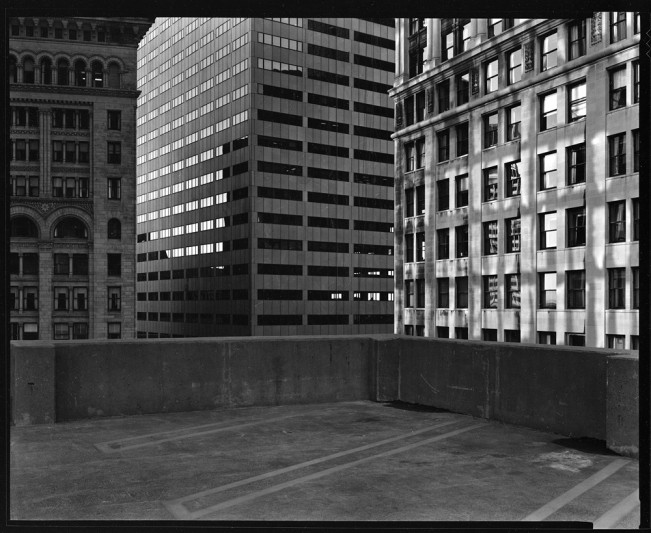
Neal Rantoul, Boston, MA, 1985
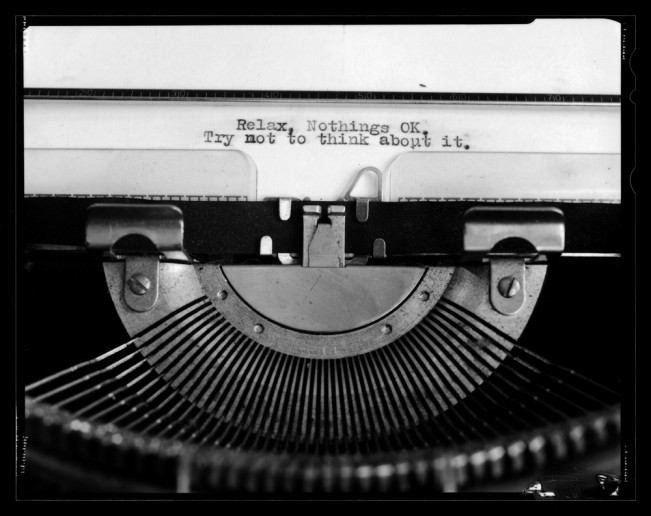
Samuel Quinn, Relax, Nothings OK. Try not to think about it, 2013
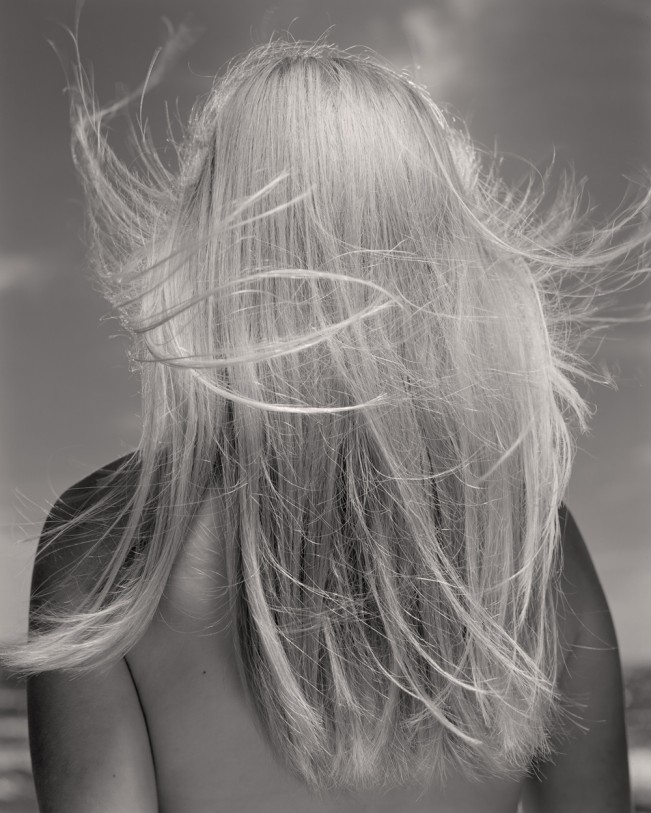
Stephen DiRado, Martha’s Vineyard Beach People, Johanna, Aquinnah, MA. September 16, 2012
Posts on Lenscratch may not be reproduced without the permission of the Lenscratch staff and the photographer.
Recommended
-
The Christy Karpinski MixtapeDecember 2nd, 2023
-
The Rotem Rozental MixtapeJanuary 27th, 2023
-
The Brian Taylor MixtapeJune 14th, 2019
-
The David Rosenberg MixtapeMay 3rd, 2019
-
The Jonathan Blaustein MixtapeJuly 20th, 2018

